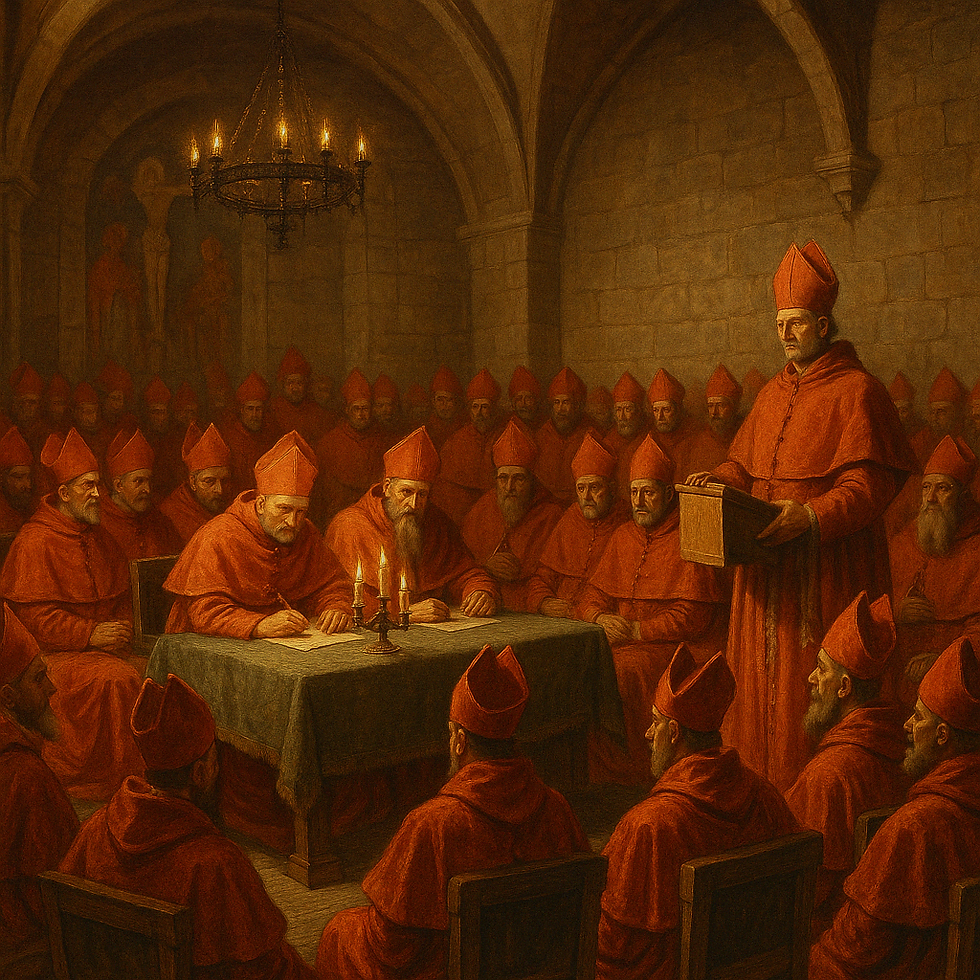Viterbo, the Beauty Who (Doesn’t Always) Want to Be Visited.
- Giano di Vico

- Jun 23
- 2 min read
Between History, Hospitality, and Resistance: The Paradox of the City of Popes
There is a city in the heart of the Tuscia region that seems made to be admired—yet it doesn’t always seem to want to be.
Viterbo, with its intact medieval quarters, natural thermal springs, deep spirituality, and gentle countryside, is a place of enchantment.But behind its serene stone façade… something resists.
Like a lady from another era, Viterbo welcomes guests with a smile—but not too warmly, especially if they stay too long.
A Story to Tell (But Discreetly, Please)
Literary and historical texts portray Viterbo as a crossroads of pilgrims, popes, and scholars—once a capital of the Papal States, refuge of hermits, and stage for conclaves.
And yet, in more recent decades, the city has struggled with the transition from secluded stronghold to potential tourist destination.
Its historic center—one of the best-preserved in Europe—remains largely empty, dotted with “for sale” signs and restaurants that open and close like shutters in winter.The Macchina di Santa Rosa bursts with life every September 3rd, but for the rest of the year, the city slips back into its ancient rhythm, almost reluctant to be interrupted.
Tourists? Yes, But in Moderation
On one hand, there are entrepreneurs and hoteliers eager to invest;projects aiming to revive the city’s thermal heritage; cultural initiatives trying to bridge past and future.
On the other hand, a portion of the local population views any attempt at “touristic enhancement” with suspicion.
Some fear the transformation of historic districts.Others see the influx of “outsiders” as a threat to the city’s peace and identity.And still others regard B&Bs as a form of real estate speculation rather than opportunity.
In local media interviews, one often hears the phrase:“Yes to tourism, but without losing our soul.”A poetic idea, perhaps—yet profoundly ambiguous.
Politics and Half-Vision Plans
Recent city administrations have alternated between ambitious plans and hesitation.
From digitalizing tourist routes to the now-abandoned idea of a funicular connecting the lower city to the historic center,from successful (yet episodic) cultural events to underdeveloped infrastructure, the feeling is one of a perpetual late departure.
Meanwhile, other towns in Lazio—Civita di Bagnoregio above all—have made a bolder narrative leap, even at the cost of becoming a bit... “postcard-perfect.”
Viterbo Still Has a Choice
Viterbo’s paradox is clear:it has everything it needs to become an international cultural and spa destination,yet it seems more comfortable in the role of a city that could—if it wanted to.
The real question today is not if Viterbo will become a tourist city,but what kind of tourism it will choose to embrace.
The kind that consumes?Or the kind that takes the time to understand?
The rush-and-go variety?Or the kind that builds meaningful connections?
Perhaps the future lies in a gentle, conscious form of hospitality—based on quality and mutual respect.
But to walk that path, the city must make a collective decision.And summon a touch of courage.




Comments